(Périgueux 1887 - Domme 1973)
Church of Saint Pierre aux Liens in Gruffy, Haute-Savoie
Oil on canvas
H. 60 cm; L. 73 cm
Signed lower right
Provenance : Perigord collection
A discreet painter with regard to history, Raymond Dufrêne was born in Périgueux in 1887, before his family moved to Paris. There he will do his training at the Fine Arts where he will meet his wife, also an artist, from a family of sculptors, the Carillon. Dufrêne then became the artistic director of the famous Galerie Marcel Bernheim in Paris, exhibiting contemporary figurative painters at the time. He will obviously be linked to all the artists he presented on his walls. One of his sons, François Dufrêne (1930-1982) was also a painter, one of the creators of the New Realists group alongside Yves Klein, Tinguely, Arman, Restany, etc. Dufrêne exhibited at the Société des Beaux-Arts de Paris but only sold his paintings by word of mouth. His descendants tell us about prices around 3,500 Francs in 1965. He is particularly famous for his still lifes, of which he sold many pieces in Japan where he was nicknamed the painter of flowers. Japanese museums have works by the artist, such as the one in Brantôme. Raymond Dufrêne moved to the Dordogne around 1955 near the Combarelles cave in Les Eyzies. He painted the region daily and mainly the effects of light on the limestone cliffs. This true lover of the Dordogne traveled with a small scooter which allowed him to bring his family with him to the places where he carried out his works during the school holidays. He also painted in a workshop in this house. Dufrêne is therefore not unknown to collectors in the region since works from our tèrra are found in a good number of Périgord houses and remain to be discovered.
In the descendants of the artist, two other versions of our canvas, less successful, are known. They all represent the church of Gruffy, a town located near Annecy in Haute-Savoie. This neo-Gothic building is placed under the name of Saint Pierre aux Bonds since its construction on the plans of the Annecy architect Camille Ruphy in 1875. Note, two paint gaps in the bell tower.
















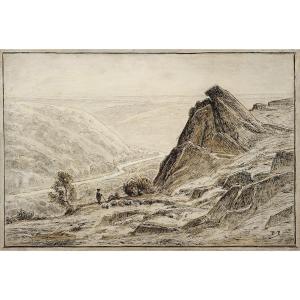
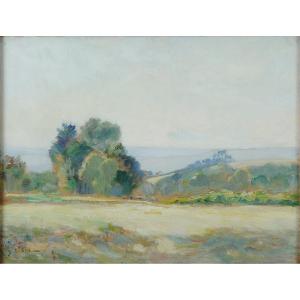



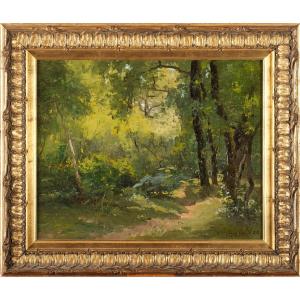
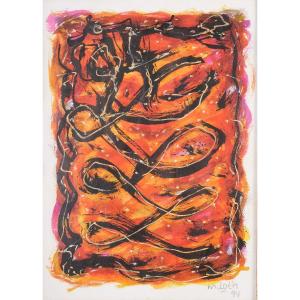


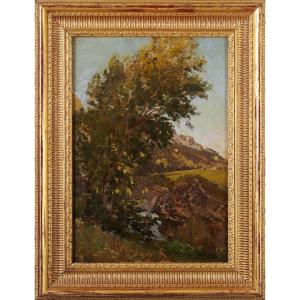
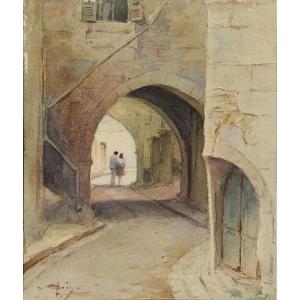
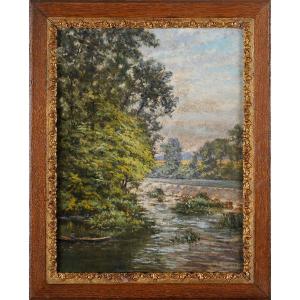
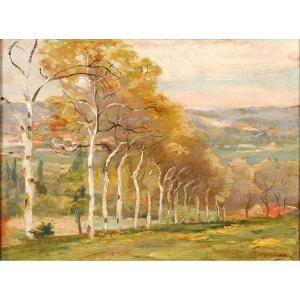
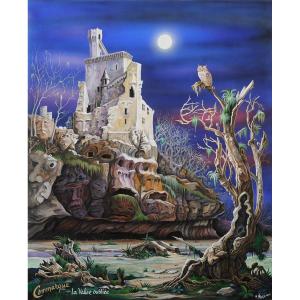

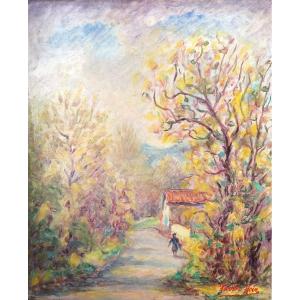
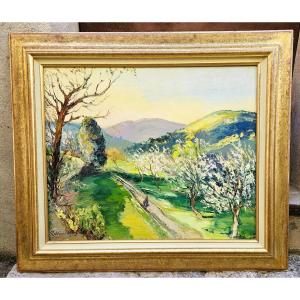
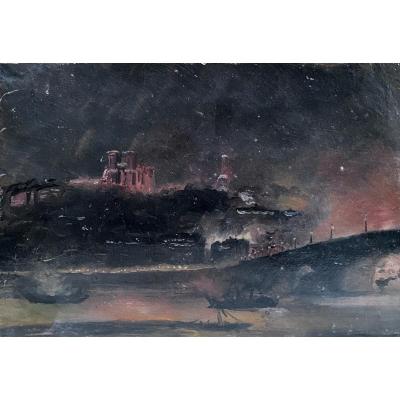




 Le Magazine de PROANTIC
Le Magazine de PROANTIC TRÉSORS Magazine
TRÉSORS Magazine Rivista Artiquariato
Rivista Artiquariato